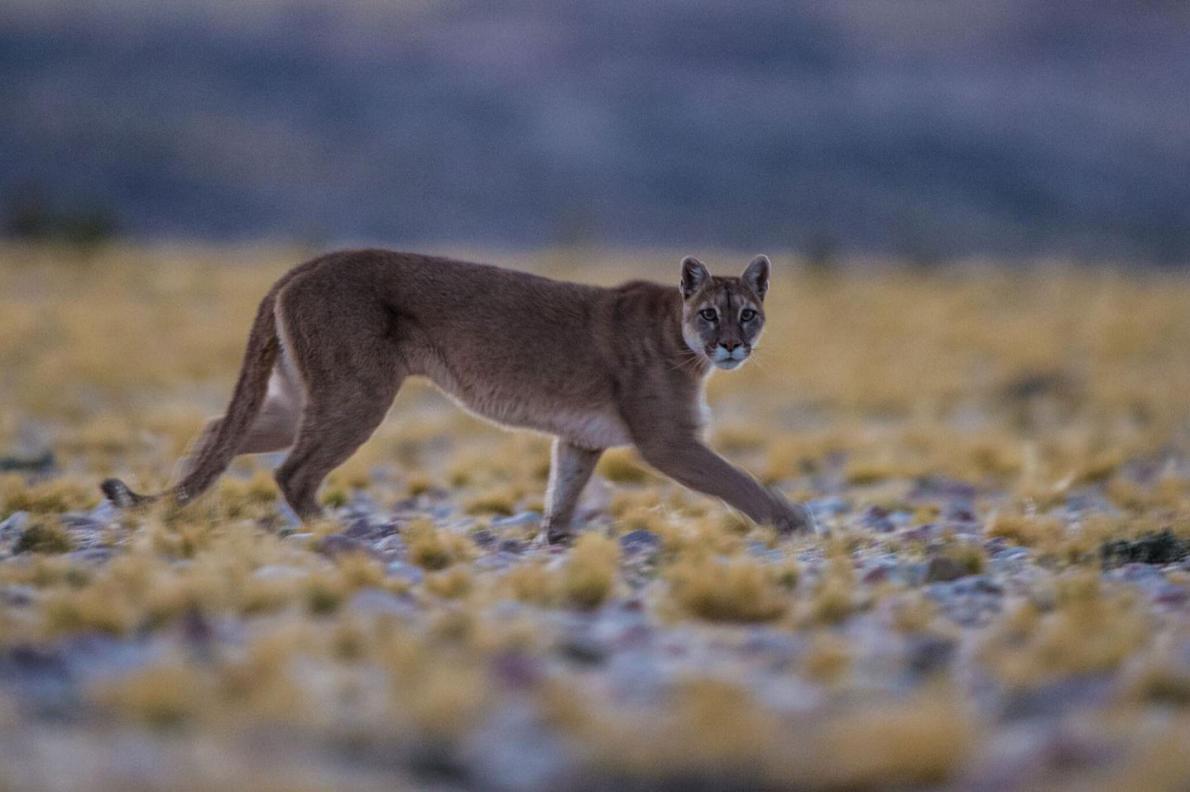
Large predators are increasingly appearing in unexpected places — alligators in saltwater marshes, killer whales in rivers, and mountain lions far away from the closest mountain. Experts hypothesize that as successful conservation efforts increase the local populations of these predators, they are moving beyond their usual habitats in search of food. However, Brian Silliman, professor of marine conservation biology at Duke University, has a different theory. He believes the animals are recolonizing habitats they lived and hunted in for centuries — before human activity pushed them to the brink of extinction, and long before researchers began studying them.
Silliman became curious about the emergence of large predators in unfamiliar habitats after he encountered alligators in a saltwater marsh where he was studying crabs. The scientist says, “Alligators are thought to be freshwater specialists. [Seeing one in a salt marsh] just completely challenged everything I was taught about alligators.”

Upon researching previous scientific studies and government reports, the scientist found that his encounter with the apex predator was not an anomaly. A variety of other animals, including sea otters, river otters, whales, wolves, orangutans, and even bald eagles, have been observed thriving far from their known natural habitats.
"The assumption, widely reinforced in both the scientific and popular media, is that these animals live where they live because they are habitat specialists. Alligators love swamps; sea otters do best in saltwater kelp forests; orangutans need undisturbed forests; marine mammals prefer polar waters. But this is based on studies and observations made while these populations were in sharp decline. Now that they are rebounding, they're surprising us by demonstrating how adaptable and cosmopolitan they really are," said Silliman.
The researcher, who published his findings in the journal Current Biology on May 7, 2018, believes it is easier for larger predators to adapt to different environments. Their massive bodies make them more resilient to temperature changes and they are also the smartest animals. Archaeological evidence also suggests that many of the creatures are just returning to what once used to be their natural habitat, but is now occupied by humans.

The return of the animals to their old habitats appears to have an added benefit of stabilizing the ecosystem. A great example is the reintroduction of ocean-dwelling sea otters to the estuaries of California’s Monterey Bay, which has helped reduced the population of Dungeness crabs. This, in turn, has revived the population of the sea slugs that the crabs feed upon. The sea slugs protect seagrass by devouring harmful algae that feeds on runoff from inland farms and cities. “It would cost tens of millions of dollars to protect these beds by re-constructing upstream watersheds with proper nutrient buffers,” Silliman said, “but sea otters are achieving a similar result on their own, at little or no cost to taxpayers.”
The marine biology professor believes that instead of being scared of our new neighbors, we have to embrace this new reality and learn how to coexist with the animals. While that may seem impossible, the researcher says it is already happening in Australia, Florida, and North Carolina, where humans live peacefully alongside crocodiles, alligators, and black bears, respectively. In Mumbai, India, leopards living in the Sanjay Gandhi National Park are not just living in harmony with humans, but also helping them by hunting down rabies-carrying feral dogs.
Resources: Natgeo.com, nicholas.duke.edu, phys.org
